Low Light Wedding Photographer
Creative Wedding Photography Stratford upon Avon
Low Light Wedding Photographer
I often get asked how I managed to achieve these fantastic low-light wedding photos. Intimate candlelit wedding ceremonies look incredible but are very difficult to capture. Also, the human eye can compensate for low light and can see in near pitch-black. Digital cameras however need a little bit of creativity and skill to achieve a good-quality image that reflects the mood.
Practice & experience is the key to knowing the limitations of your equipment.
Shooting a wedding in low light requires some extra care when taking photos. We have all seen those images where the highlights are blown out and the subjects are undefined & grainy.
Modern mirrorless cameras have developed at a ridiculous rate and have made the job a little easier. Inbody, image stabilization is a godsend when using prime lenses. I often shoot handheld at much slower shutter speeds with great results. Another benefit is the ability to use high ISO with low noise.
Fast Glass or primes with a small aperture of f/1.2 or f1.4 can also help achieve fantastic results. The drawback is a shallow depth of field which can be tricky if there is more than one person in the frame.
A sturdy tripod or monopod can help but realistically who carries one of these around at a wedding? I always keep one in the boot of my car but rarely use it.
One of the biggest issues with shooting a wedding ceremony in low light is motion blur. The bride and groom are not static subjects and tend to move around. So trying to take a candlelit image with a slow shutter speed along with a small aperture and high ISO will often result in a poor quality grainy image.
So what do you do?
Sometimes the only way is to use an off-camera flash at low power to give just enough light to illuminate the subject without destroying the ambient. A CTO Gel can also help give your flash a warmer tone.
I rarely shoot bare bulb on-camera flash is it’s just too harsh. Light modifiers such as Magmod Magshere with a couple of grids give a soft directional light. Often I just bounce my flash off a wall or ceiling to create a large gentle softbox effect. Sometimes off-camera flash is referred to as a kicker light, there are many YouTube videos on this. These are generally mounted off-camera on a small 8-foot light stand and placed in a strategic position in the room.
Finally – take some practice shots before the big day – set the exposure for the ambient light and fill the subject with flash.
Here are some example low-light photos using off-camera flash.
If you’re interested in booking me for your Wedding Photography then please don’t hesitate to GET IN TOUCH.
Low Light Wedding Photographer
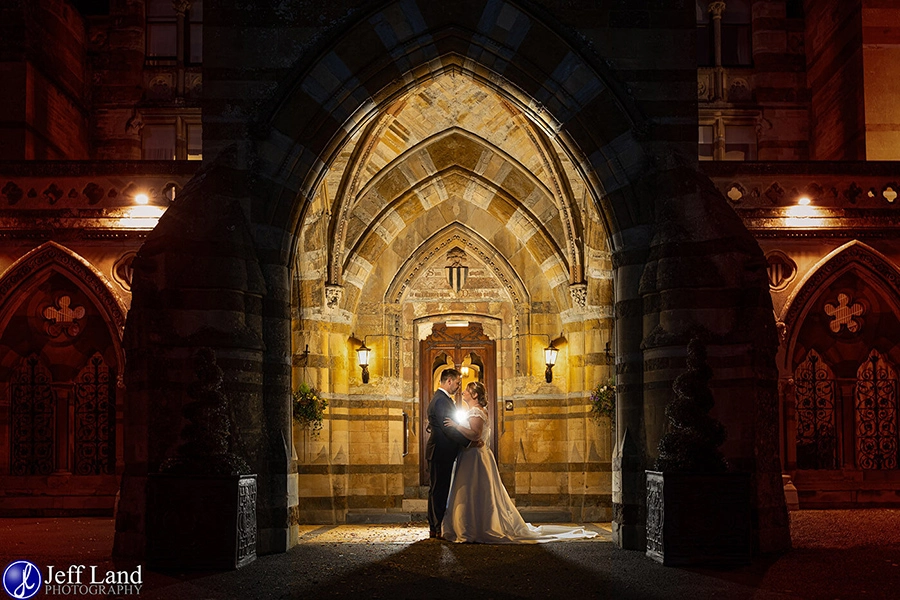

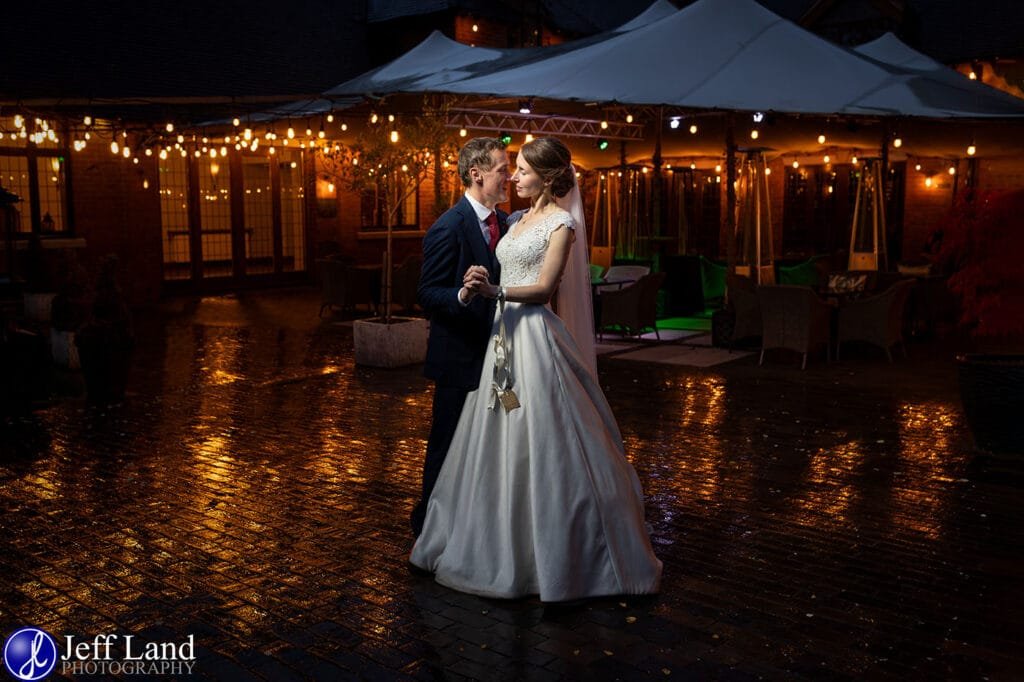



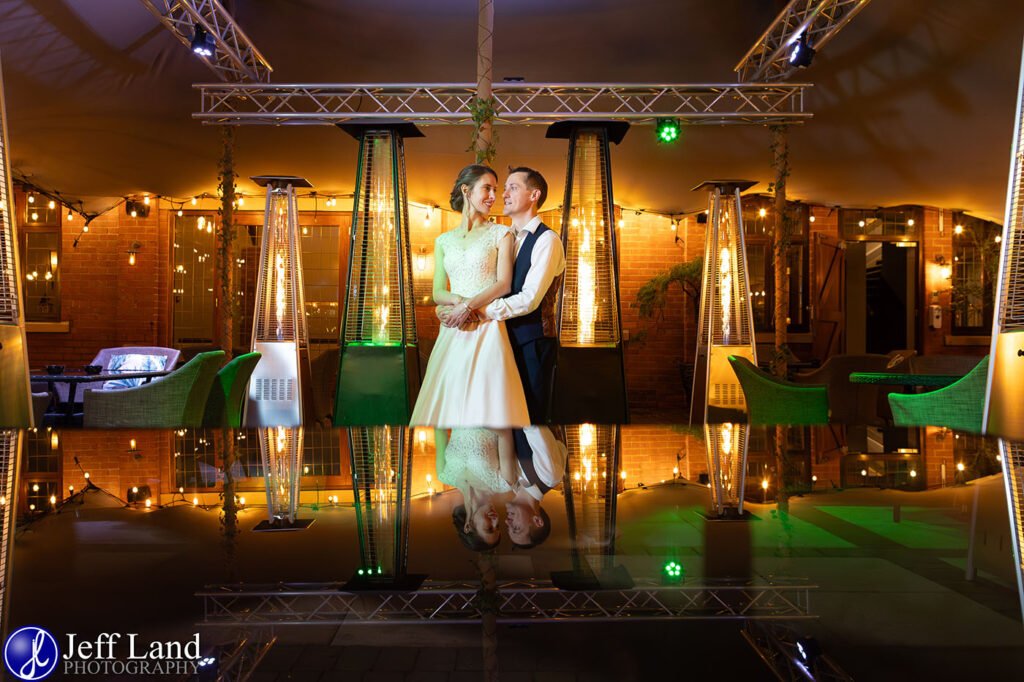
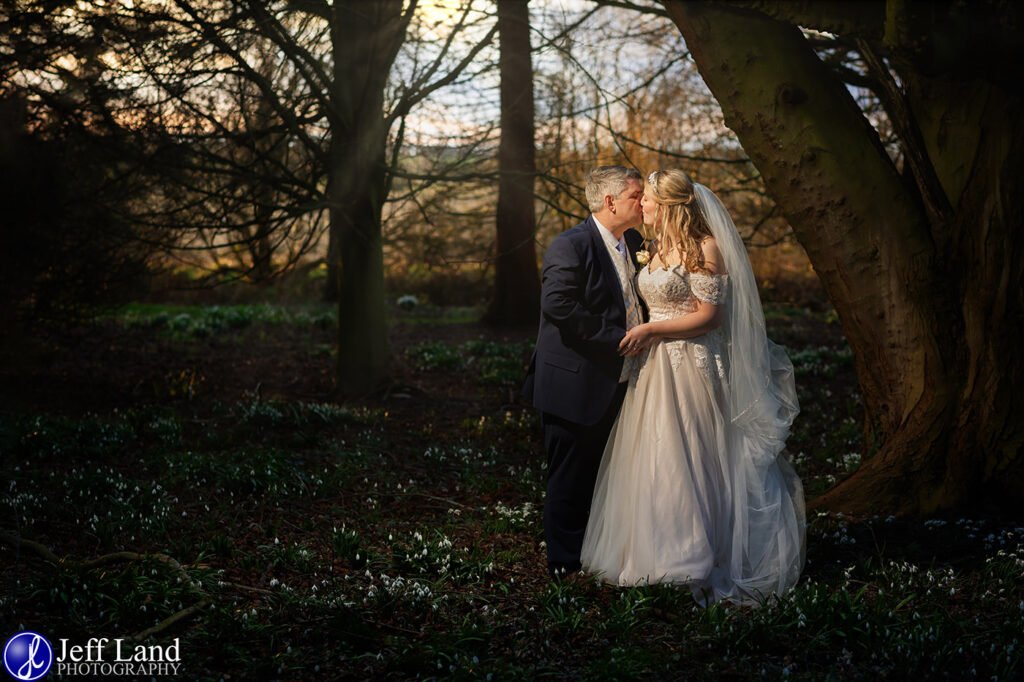

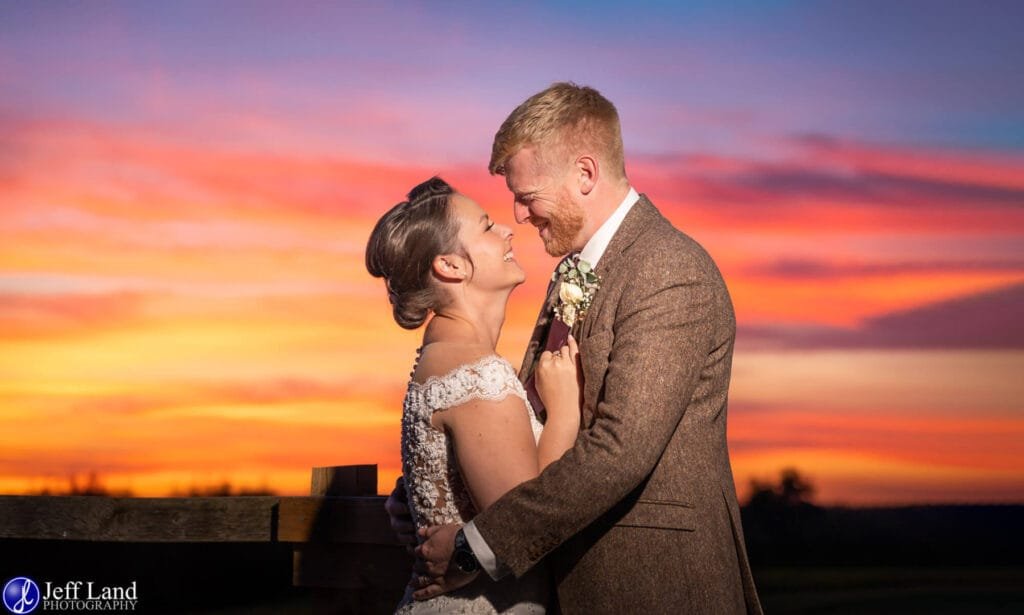





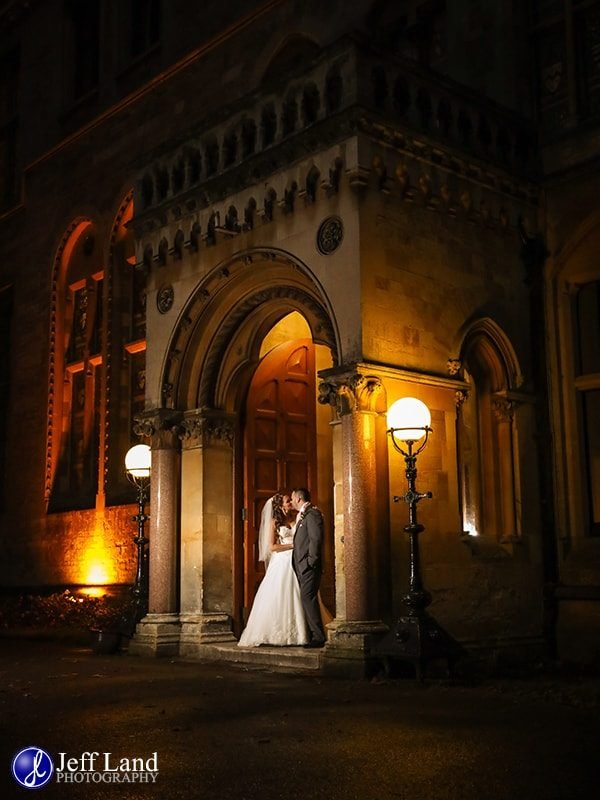

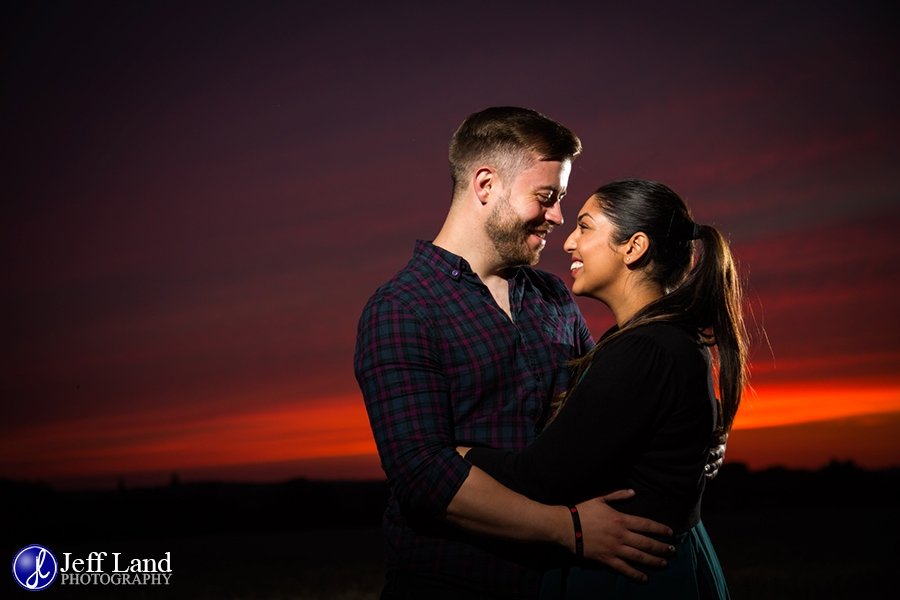
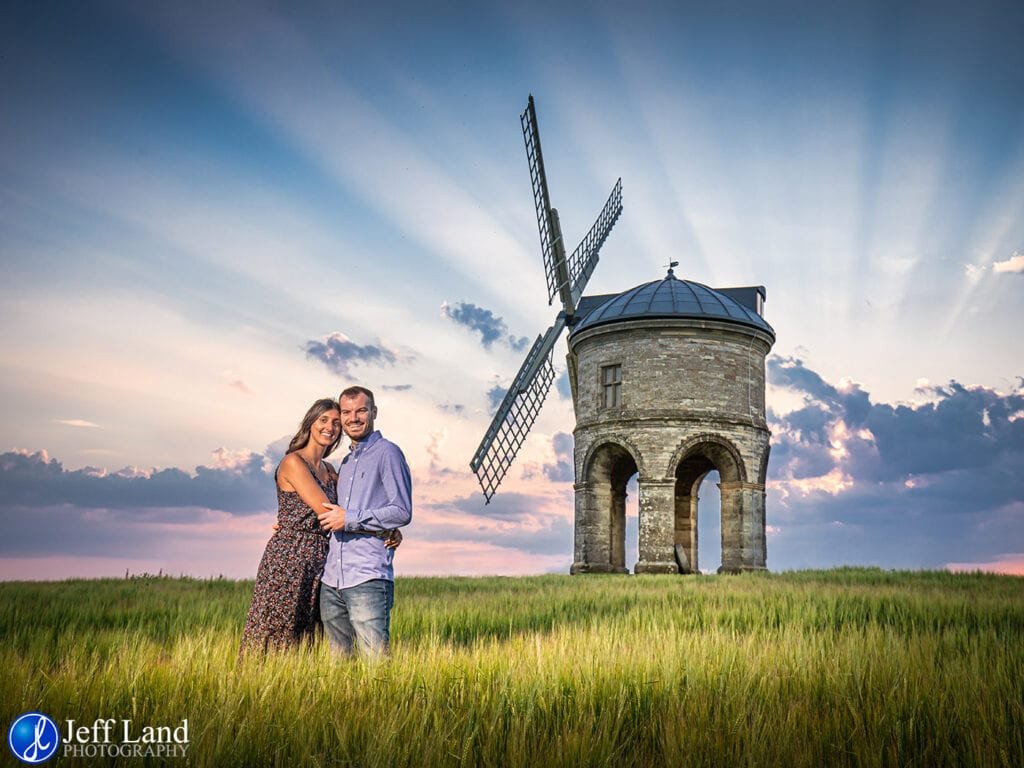
Low Light Wedding Photographer
